Non-syndromic cleft lip with/without cleft palate (nsCL/P) is a highly heritable facial disorder. 迄今为止, systematic investigations of the contribution of rare variants in non-coding regions to nsCL/P etiology are sparse. 这里, we re-analyzed available whole-genome sequence (全基因组测序) data from 211 European case-parent trios with nsCL/P and identified 13,522 de novo mutations (DNM) in nsCL/P cases, 13,055 of which mapped to non-coding regions. We integrated these data with DNMs from a reference cohort, with results of previous genome-wide association studies (GWASs), and functional and epigenetic datasets of relevance to embryonic facial development. A significant enrichment of nsCL/P DNMs was observed at two GWAS risk loci (4q28.1 (p = 8 × 10-4) and 2p21 (p = 0.02)), suggesting a convergence of both common and rare variants at these loci. We also mapped the DNMs to 810 position weight matrices indicative of transcription factor (TF) binding, and quantified the effect of the allelic changes in silico. This revealed a nominally significant overrepresentation of DNMs (p = 0.037), and a stronger effect on binding strength, for DNMs located in the sequence of the core binding region of the TF Musculin (MSC). Notably, MSC is involved in facial muscle development, together with a set of nsCL/P genes located at GWAS loci. Supported by additional results from single-cell transcriptomic data and molecular binding assays, this suggests that variation in MSC binding sites contributes to nsCL/P etiology. Our study describes a set of approaches that can be applied to increase the added value of WGS data.
儿童第一数据资源中心 (“刚果民主共和国”) 由 NIH 共同基金支持的合作机构组成,奖励编号为 U2CHL138346,作为共同基金 Gabriella Miller Kids First 儿科研究计划的一部分 (“孩子第一”). 所有内容, 与 DRC 门户和网站相关的条款和条件以及政策 (“服务”) 由刚果民主共和国生产. 作者在服务中表达的观点和意见并不一定代表或反映美国国立卫生研究院的观点和意见 (“NIH”) 或美国. 政府. 此外, NIH 不认可或推广任何 DRC 实体或其任何产品或服务,也不对产品提供保证, 服务, 或刚果民主共和国提供的信息.
© 2024 加布里埃拉米勒儿童第一数据资源中心. 版权所有.






